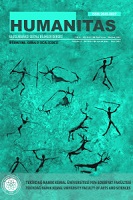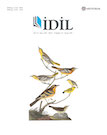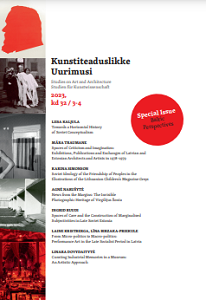Author(s): Semih Okcu / Language(s): Turkish
Issue: 43/2023
In this study, which examines the musical elements in line with the images most used by the Parnasian poets in Turkish literature, firstly, information about the Parnassism movement is given and information is given from general to specific about Yahya Kemal Beyatlı and Tevfik Fikret, the representatives of this movement in Turkish literature. Qualitative research method was used in the data collection process of this study, which was created by making use of the interdisciplinary structure of literary and musical arts. After this process, literature review was made and related articles, books, theses and web resources were used. In line with the analysis process of the data obtained, Yahya Kemal Beyatlı has the “sea” image most used by the parnasian movement; his poems “Dün kahkahalar yükseliyorken evinizden, Perestij, Geçmiş Yaz, Ses, Mevsimler, İstinye, Gece, Kar Mûsikîleri, Sessiz, Gemi, Şu kopan fırtınalar ve Süleymâniye’de Bayram sabahı, Dalgın Geceler, Çubuklu Gazeli,” and Tevfik Fikret's Hân-ı Yağmâ, Haluk’un Sesi, Küçük Asker and Çal Meleğim in this study, the reflection form of the poems, which were selected by the random sampling technique named "Special", on the music is discussed. By determining which tunes and by which composers the examined poems were used, the reflection form of the composed poems on the music was analyzed within the framework of composition and lyrics harmony, poet and composer mood harmony, it was aimed to gain new studies for both literature and music fields and to be a reference for interdisciplinary studies. . It has been determined that the composed works analyzed within the scope of the subject, as in the poems of the parnasian poets, are kept in the forefront of art, therefore, they have taken their place in the literature as Classical Turkish Music compositions in general. However, it was determined that the works were created correctly and in parallel with each other in terms of composition and lyrics, as well as poet and composer mood harmony.
More...










